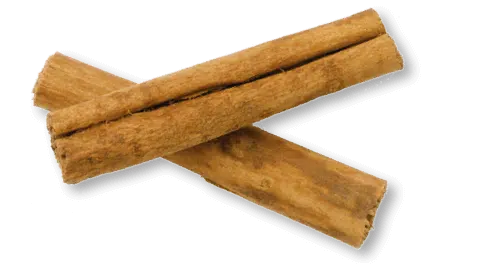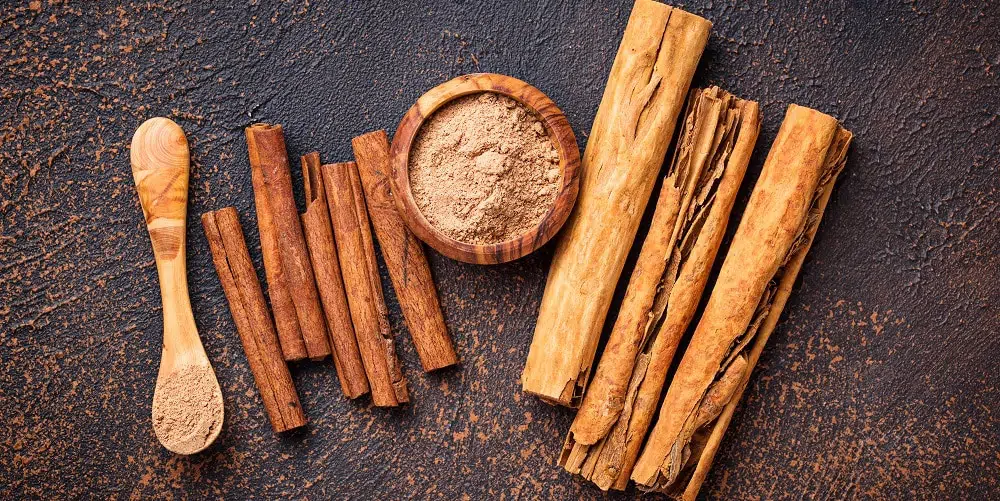Cinnamon
Cinnamon is a spice whose name comes from the Latin word ‘canella’, meaning roll. Cinnamon is the dried bark of the evergreen cinnamon tree. The cinnamon tree only grows in tropical climates. In the Padang region of Western Sumatra, the planting of cinnamon plantations has started, but the origin lies in Sri Lanka, former Ceylon.





